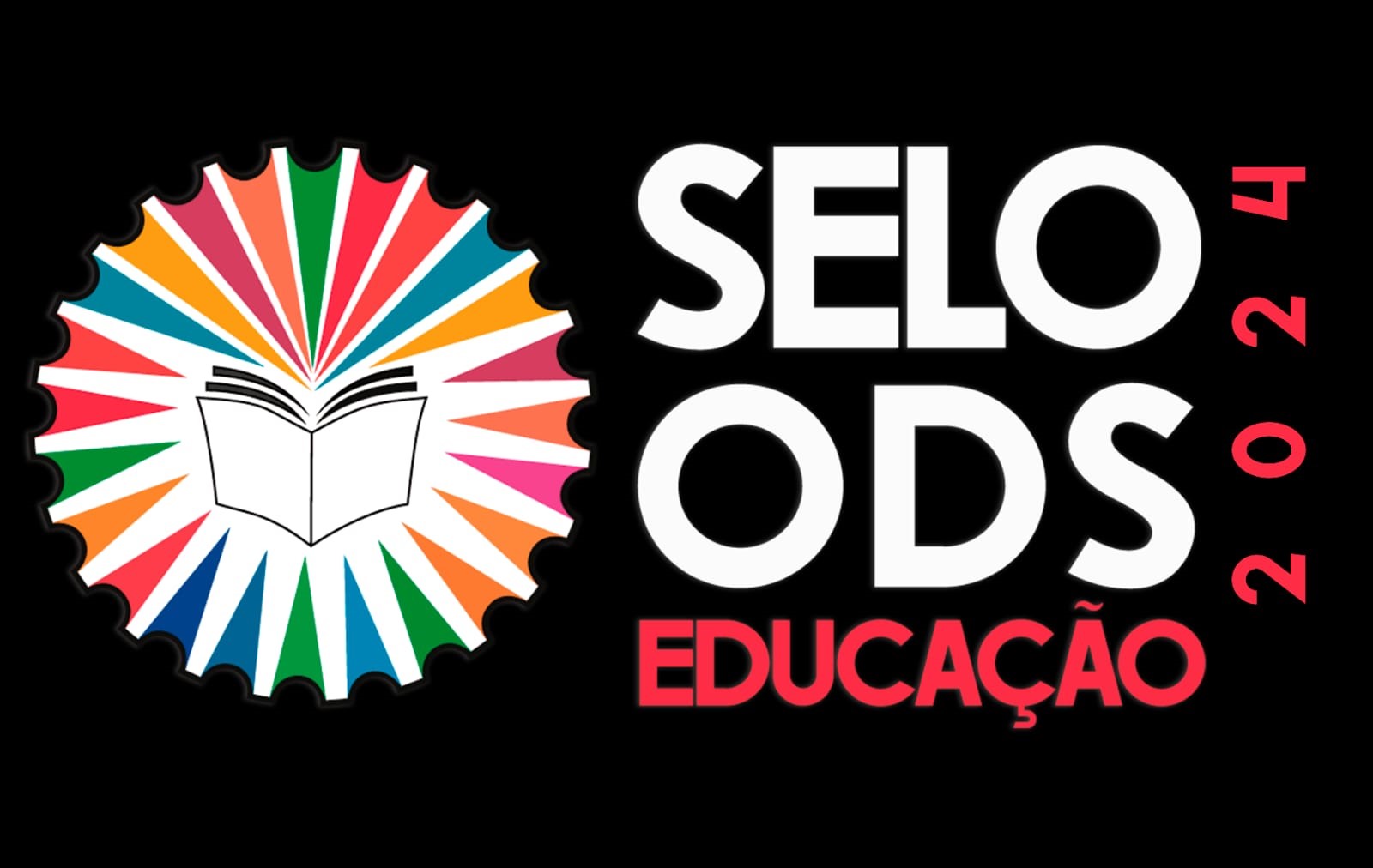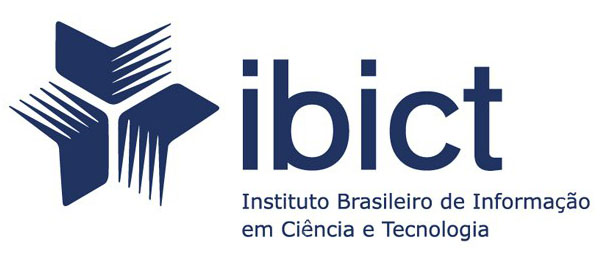Clil y Música en el Grado de Maestro en Educación Infantil y Primaria
Clil and Music in the child and primary teacher degree
Resumo
En la Universidad de Barcelona (España), se ha realizado una experiencia docente consistente utilizar la metodología CLIL para impartir la asignatura de didáctica de la música en la doble titulación de maestro en educación infantil y educación primaria. Presentamos aquí detalladamente la experiencia, así como su valoración positiva y las sugerencias de mejora recogidas a partir de un estudio evaluativo de la propuesta.
Downloads
Métricas
Referências
BALL, P. & LINDSEY, D. (2010). Teacher Training for CLIL in the Basque Coun-try: The Case of the Ikastolas – An Expediency Model. En D. Lasagabaster; Y. Ruiz de Zarobe, CLIL in Spain. Implementation, Results and Teacher Training. News-castle: Cambridge Scholar Publishing.
BADSTÜBNER-KIZIK, C. (2007). Bild- und Musikkunst im Fremdsprachenun-terricht. Zwischen- bilanz und Handreichungen für die Praxis. Frankfurt am Main: Peter Lang (Fremd- sprachendidaktik inhalts- und lernerorientiert 12).
BANCROFT, W.J. (1995). The two-sided mind: Teaching and suggestopedia. Available from www.eric.ed.gov (document number: ED384244).
COYLE, D. (2006). Developing CLIL: Towards a Theory of Practice. In Monograph 6. Barcelona, Spain: APAC Barcelona.
COYLE, D., HOOD, P., MARSH, D. (2010). CLIL Content and Language Inte-grated Learning. Cambridge: Cambridge University Press.
GRUHN, W., & RAUSCHER, F.H. (2008). Neurosciences in music pedagogy. New York: Nova Science.
KRASHEN, S.D. (1983). The din in the head, input, and the language acquisition device. Foreign Language Annals, 16(1): 41–44.
LUDKE, K. M., & WEINMANN, H. (2012). European Music Portfolio: A Creati-ve Way into Languages. Teacher’s Handbook. European Commission.
MARJANEN, K. (2009). The Belly-Button Chord. Connections of pre- and post-natal music education with early mother-child interaction. University of Jy-väskylä, Finland. Jyväskylä Studies in Humanities No 130, Dissertation. Available online at https://jyx.jyu.fi/dspace/bitstream/handle/123456789/22602/9789513937690.pdf
MARSH, D., MALJERS, A., and HARTIALA, A. K. (2001). CLIL compendium. Profiling European CLIL classrooms. Jyväskylä, Finland: University of Jyväskylä.
MEHISTO, P., MARSH, D., FRIGOLS, M. J. (2008). Uncovering CLIL Content and Language Integrated Learning in Bilingual and Multilingual Education. London: Macmillan Education.
MURPHEY, T. (1992). Music and song. Oxford: Oxford University Press.
PATEL, A.D. (2008). Music, language and the brain. New York: Oxford Universi-ty Press.
PATEL, A.D., & DANIELE, J.R. (2003). An empirical comparison of rhythm in language and music. Cognition, 87(1): B35–B45.
SANDÍN ESTEBAN, Mª Paz (2003) "Investigación Cualitativa en Educación. Fundamentos y Tradiciones". Madrid. Mc Graw and Hill Interamericana de España
SCHÖN, D.; BOYER, M.; MORENO, S.; BESSON, M.; PERETZ, I., & KOLINSKY, R. (2008). Songs as an aid for language acquisition. Cognition, 106(2): 975–983.
SPICHER, L., & SWEENEY, F. (2007). Folk music in the L2 classroom: Develop-ment of native- like pronunciation through prosodic engagement strategies. Connec-tions, 1: 35–48.
WALLACE, W.T. (1994). Memory for music-effect of melody on recall of text. Journal of experimental psychology – Learning, memory and cognition, 20: 1471–1485.









